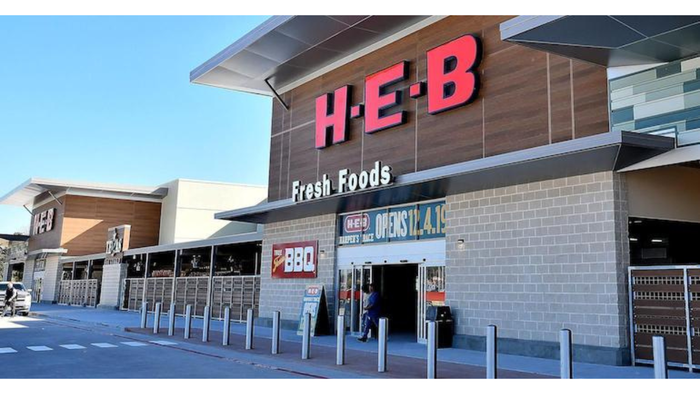Future Forces: In search of growth
January 1, 2018
Great manufacturers invent products that create new store aisles. Great retailers invent stores that bring neighbors and communities together. By Patrick Kiernan When industry executives gather at annual meetings and conferences, the discussion inevitably turns to the subject of growth. This year was no exception, except for the fact that CPG manufacturers and retailers/distributors continue to suffer from a malaise in growth. In past years, CPG companies compensated for stagnant grocery sales by expanding in other retail channels. But now with seven quarters of declining same-store sales at Walmart U.S. and only 15 to 20 retailers accounting for an overwhelming majority of CPG sales, growth is truly a dilemma. Year-end reports again tell a story of more and more products chasing fewer and fewer sales and traditional grocery stores continuing to lose trips or shopping occasions to other channels and e-commerce. Excellent conference seminars organized by the Food Marketing Institute and the National Grocers Association share information on the need to reinvent the center store shopping experience, engage shoppers in healthy eating and wellness and even how to boost customer acquisition and retention through mobile engagement. Somehow—through some magical combination of social media, consumer insights, category management and a healthy dose of inflation—sales growth will re-emerge within our industry. For pundits who write and lecture about our industry, including myself, it is much too easy to describe the problem as if merely understanding the issues offers a solution. Perhaps a deeper look into the future might help us to alter our current assumptions and build preparedness for a bigger change in course that may be necessary to control costs and grow sales. I offer the following truths for your consideration. The modern American grocery store model that developed in the ‘60s and was institutionalized in the ‘80s and ‘90s is giving way to trip occasion formats. Despite our best efforts, including better perimeter fresh shopping, expanded store size, more SKUs and category management, shoppers are continuing to move individual shopping trips to retailer formats that meet specific shopping occasions. Surviving companies will have to be best-in-class in their category or format or be able to satisfy customer trip occasions through multiple formats. Why didn’t Safeway invent the Costco format, or at least buy Sol Price’s Price Club format after competing with Sol for years in San Diego? Why didn’t Kraft Foods invent Starbucks or understand that the coffee experience is more than the cost of beans? Simply put, executives at brick-and- mortar brands and CPG brands are over-invested in what they already know. Grocery executives have always worried about attracting the right mix of both knowledge workers and service labor. But even with high-paying union jobs and a nationwide great recession, our industry faces a serious decline in talent. The 75 million Baby Boomers who help create our industry’s decades-long growth and people talent are beginning to retire. An aging population of Baby Boomers is the elephant in the store for two reasons. A rapidly growing decline in the percentage of people working means less people in the labor force to choose from for employees. Moreover as Boomers age, they will cut spending in food to help pay for increasing healthcare costs. A declining labor pool with an aging population spending less on groceries requires new ideas for growth. Our industry’s core strategies around the proper mix of price, service, selection and location have not allowed most companies to adequately invest in products and retail formats for specific consumer trip missions. When you cut through all the clutter of strategic planning, public goodwill, people and community become the only sustainable part of any company’s future. We have all experienced ordinary stores made special through the employees, and vice versa where a brand new store fails to delivery a good shopping experience because of an unhappy, uncaring workforce that resents management. Our challenge to attract and retain women in leadership positions and our traditional “top-down” command and control structure chases away the next generation of leaders more interested in ad hoc teams of peers and “wisdom of crowds” feedback loops for learning. Our current industry’s business strategies are too invested in the status quo. It is time to sound the alarm for creating a new industry model we haven’t seen yet with a management team that also needs to invest in today’s model of success. Patrick Kiernan, managing partner of Day/Kiernan & Associates, is affiliated with The Center for Food Marketing at St. Joseph’s University, Philadelphia; the Institute for the Future, Palo Alto, Calif.; and Encore Associates, San Ramon, Calif. He can be reached at [email protected].
About the Author
You May Also Like



.png?width=700&auto=webp&quality=80&disable=upscale)
